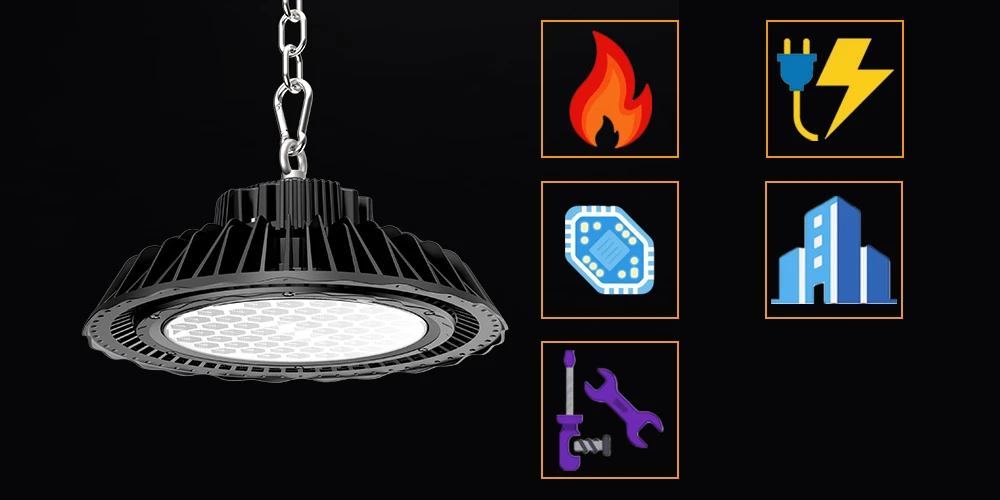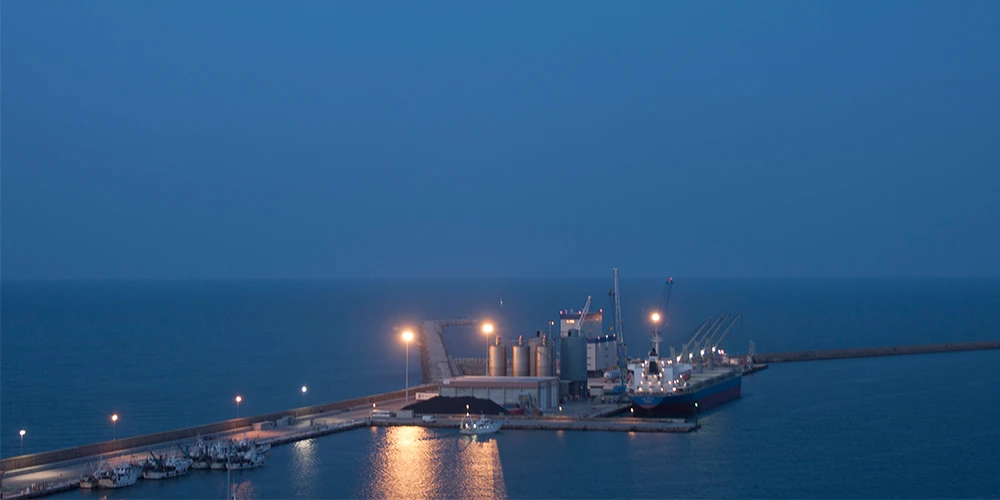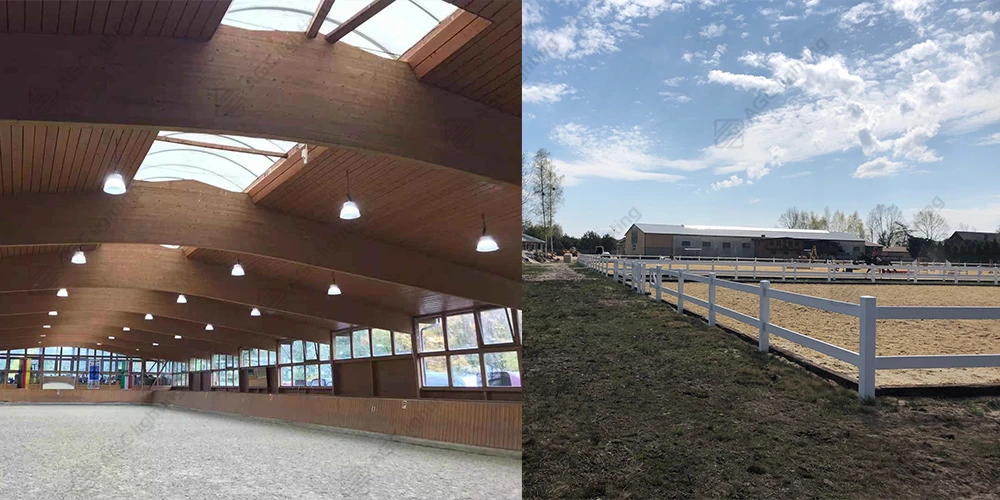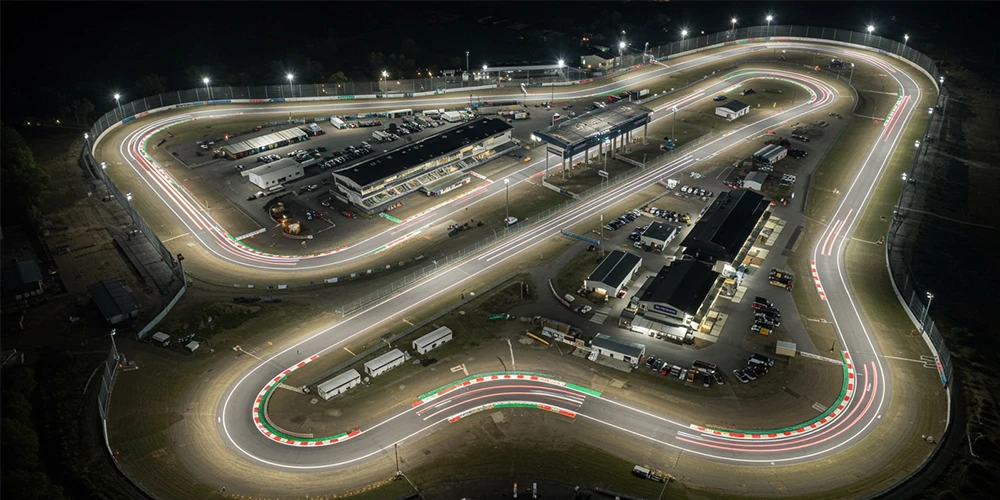
Are you familiar with DALI?
DALI is a leading lighting control protocol developed by DiiA (Digital Illumination Interface Alliance) that allows lights to be addressed and controlled individually or in groups. But DALI cannot meet the needs of IoT smart lighting. Lighting fixtures in the IoT (Internet of Things) smart lighting system connect and exchange data with other lighting fixtures over the internet or other communications networks through sensors, processing ability, and software.
DiiA has launched a new standard called D4i, which comes closer to addressing the needs of IoT smart lighting. Products with the D4i standard enhance energy savings and flexibility in lighting controls.
What is D4i? What advantages does it have for smart lighting?
What is the D4i standard
D4i stands for DALI for the IoT. It is an extension of the DALI-2 lighting control protocol. DALI-2 connects a series of separate luminaires on a DALI wiring bus. For LED drivers and control devices, D4i brings standardization to intra-luminaire DALI and adds a specific set of features to DALI-2.
D4i LED drivers have the capacity to store and report luminaire, energy, and diagnostic data in a standardized way. Meanwhile, D4i enables intelligent LED luminaires to interact with control devices such as sensors in an external control network.
Based on power supply and data specifications from DiiA, D4i components, including LED drivers, controllers, and input devices, have a compulsory set of features. AGC provides industrial and outdoor lighting solutions with D4i LED drivers.
For more details on lighting solutions with D4i LED drivers, contact us now!
Key features of D4i
Here is a table about the features of D4i.
|
DALI Data |
Data Specifications |
D4i Requirement |
|
DALI Part 251 – Luminaire Data |
Luminaire information is typically encoded into the LED driver by the luminaire manufacturer. Data includes: luminaire supply power & voltage, light output, CCT & CRI, light distribution, luminaire colour, and more. |
Mandatory |
|
DALI Part 252 – Energy Data |
The LED driver can report operational data, including: Active energy/power, apparent energy/power, load-side energy/power, some information is optional |
Mandatory |
|
DALI Part 253 – Diagnostics Data |
The LED driver can report operational data, including: Failure conditions for control gear and lamps, including counters. Control gear information: Operating time, start counter, supply voltage and frequency, power factor, temperature, and output current. Light source information: Operating voltage, current, temperature, light source start counter, and light source on time. Some information is optional. |
Mandatory |
|
DALI Part 250 – Integrated Bus Power Supply |
Describes how a control gear with an integrated DALI bus power supply can provide power to a connected DALI control device. The capabilities and configuration of the integrated bus power supply are given and set via parameters in memory banks in the control gear. Control gear reports key data for bus power supply, such as guaranteed supply current and maximum supply current. DALI application controller can enable or disable the integrated bus power supply. This can also be achieved during production, for example, by the luminaire manufacturer. |
Mandatory |
|
DALI Part 150 – AUX Power Supply |
A separate DiiA specification that defines an optional AUX power supply provides an additional 24V power supply if required. |
Optional |
Benefits of the D4i
Here, we would like to show you the benefits of D4i by comparing it with DALI-2 and 0- 10V dimming.
D4i VS 0-10V
We discussed the 0- 10V dimming in the previous post. Check out more details about 0- 10V dimming.
Connected luminaire architecture of 0- 10V is more complex than D4i.
There are many components in a 0- 10V lighting control system because the 0- 10V LED driver doesn’t have data capability. Moreover, since AC mains connection to multiple components, 0- 10V has lower reliability. Besides, the limited standardization of information for 0- 10V results in difficult asset management and maintenance. In contrast, D4i has easy integration with a few components to supply power and data.
D4i VS DALI-2
As mentioned, D4i is the extension of DALI-2. D4i products are DALI-2 products that have additional features. It means DALI-2 can exist without D4i, but D4i cannot exist without DALI-2.
DALI part 150 is optional for both DALI-2 and D4i certifications. DALI parts 250-253 for an integrated bus power supply, luminaire data, energy data, and diagnostics data are mandatory for D4i certification of LED drivers. These specifications are optional for DALI-2 certification. D4i LED drivers integrated in luminaires are able to store and report a lot of data in a standardized way. Additionally, D4i drivers can provide electric power to external components such as sensors and communication modules.
|
Specification |
D4i |
DALI-2 |
|
DALI Part 251 – Luminaire Data |
Mandatory |
Optional |
|
DALI Part 252 – Energy Data |
Mandatory |
Optional |
|
DALI Part 253 – Diagnostics Data |
Mandatory |
Optional |
|
DALI Part 250 – Integrated Bus Power Supply |
Mandatory |
Optional |
|
DALI Part 150 – AUX Power Supply |
Optional |
Optional |
It is obvious that D4i is advantageous for IoT smart lighting by standardizing and centralizing vital data on the luminaire. D4i meets the requirements for control and power, making it much easier to interact with sensors and communication devices.
Meanwhile, D4i LED drivers are able to store a wide range of data. This simplifies the components in lighting systems, and allows users to control the system effortlessly. Users can read the data in real-time to save more energy and maintenance costs.
Applications of D4i
D4i products are applicable to both outdoor and indoor applications.
Take an LED high bay light mounted in a warehouse as an example. Devices within the luminaire, such as motion sensors, daylight sensors, and controllers, communicate and exchange data with the D4i LED driver via a wireless network. D4i drivers store and transmit the data to analytic software running in the cloud. Then the analytic software uses the data to control and regulate the luminaire.
Standardization of the D4i standard makes different components of a system, such as luminaire, sensor, and controls, work together seamlessly, ensuring interoperability in the system. The capability of an LED driver to store and report data enables ease of maintenance and asset management, as well as energy savings.
Users can monitor power, light output, energy consumption, etc. In simple words, if there is a fixture malfunction in a lighting system, users are able to know which luminaire is malfunctioning, where it is located, what its number is, why it failed, and when it needs to be replaced.
Check out the video about the D4i power supply:
Want a D4i LED lighting solution for your applications? Consult our lighting experts.












